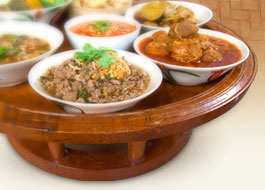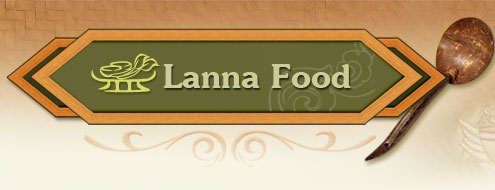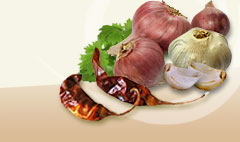Banavist bean |
|
|
 | Dolichos lablab Linn. |
|
| |
 | Leguminosae |
|
| |
 | Banavist bean, Hyacinth bean, Hyacinth dolichos |
|
| |
 | Ba paep, Thua nang, Thua laeo (Northern) (Wut Wuthithamwet, 1997, p. 223) |
|
| |
 | Wild or cultivated perennial plant of the bean family. Leaves compound with petiole; leaflets 3 broad-ovate, acuminate. Inflorescence of racemes; papilionaceous flowers at each node. Pods look like those of sugar pea, coarse skin, with single row of seeds, white or black variety. (Wut Wuthithamwet, 1997, p. 223) |
|
| |
 |

No information available. Used for food. Lanna people like to make a spicy soup out of it. |

Pods can aid in boosting energy or to relieve fever and weakness.
Seeds are used to treat fever, eye diseases or as an expectorant. (Wut Wuthithamwet, 1997, p. 223)
|
|
| |
 | November-February |
|
| |
 |
Wut Wuthithamwet. (1997). Saranukrom Samunphrai: Ruamlak Phesatchakam Thai. Bangkok: Odean Store (in Thai). |
|
| |
|
|




